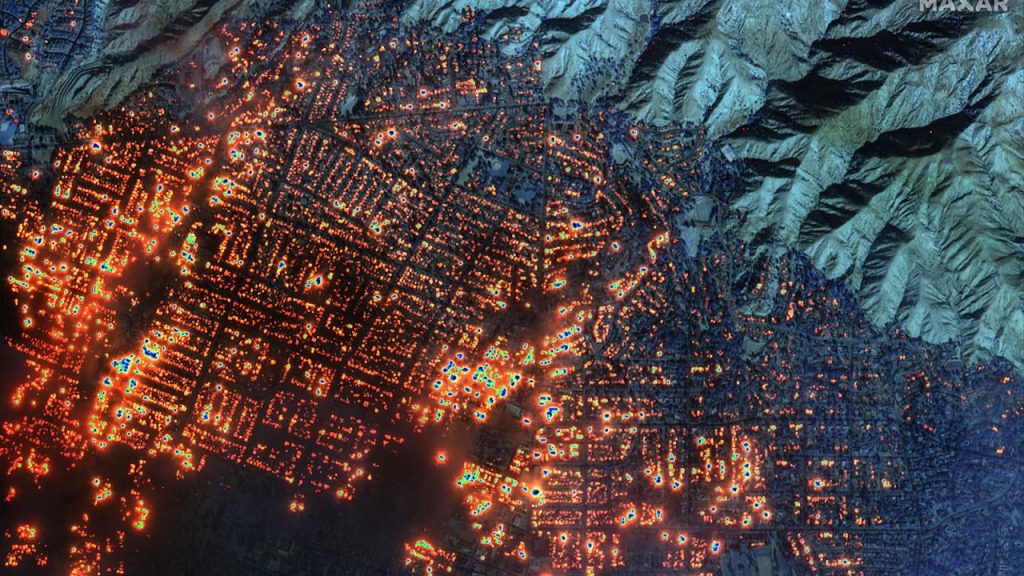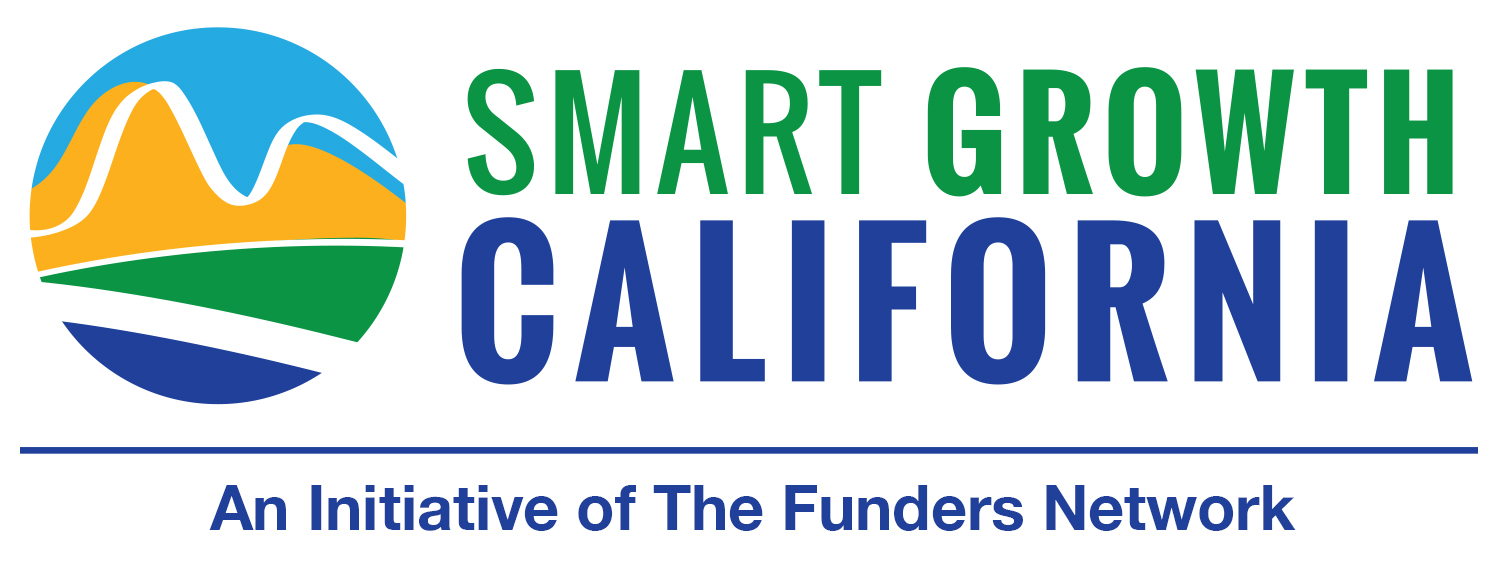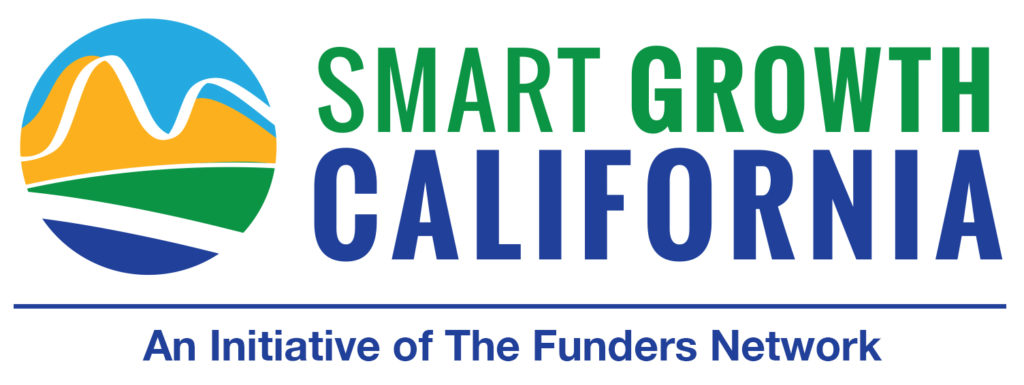 Satellite image from CNN. Tracking the damage and devastation from the LA Wildfires in Maps (CNN)
Satellite image from CNN. Tracking the damage and devastation from the LA Wildfires in Maps (CNN)
In recent years, the scale and intensity of wildfires in California have increased dramatically, with devastating effects on communities, economies and ecosystems. At a recent Southern California Grantmakers funder convening on Feb. 28, focused on the Los Angeles Wildfire Recovery and Climate Resilience co-hosted by TFN’s Smart Growth California and the Wildfire Resilience Funders, speakers discussed the multifaceted challenges of addressing this crisis, highlighting the importance of collaboration, equity and proactive interventions. Below is a summary of the key themes discussed at the convening, along with actionable suggestions for philanthropy to address the growing wildfire threat.
1. The Impact of Wildfires: Scale and Disparities
The scale of recent wildfires in California is staggering. Lily Bui from Southern California Grantmakers noted that in the recent LA Fires, 60 square miles burned, resulting in 29 fatalities and over 16,000 structures damaged or destroyed. Notably, the fires disproportionately impacted marginalized communities, with 21% of households in affected areas belonging to Black families and 74,000 people in evacuation zones identifying as Latino.
Philanthropy has already contributed significantly to recovery efforts, with more than $750 million in philanthropic funding mobilized so far (check out the 2025 California Disaster Response page hosted by the Philanthropy California for a list of vetted funds and other resources). However, the gap remains vast, particularly as recovery costs soar— for example, the Camp Fire recovery showed a $1.8 billion gap, and estimates for LA’s recovery indicate a $185.2 billion gap. This underscores the need for more coordinated efforts to fill funding gaps and ensure long-term resilience.
2. Long-Term Recovery: Bridging the Gap
A central theme of the convening was the challenge of long-term recovery, which often occurs in the “long tail” phase, between initial response and full recovery. While philanthropy typically focuses on immediate relief, it is critical we think about the long-term implications and how to reduce future wildfire risks.
Several speakers emphasized the need for better coordination among funders. For instance, the newly launched LA Wildfire Recovery Funder Collaborative is already exploring opportunities for collaboration, recognizing that the LA wildfires are a billion-dollar issue requiring systemic, cross-sector solutions. Given that most of the funding for wildfire recovery comes in during the early recovery phase, there is a need to plan for sustained support to bridge the gap and ensure communities’ resilience.
3. The Role of Workforce Development in Wildfire Mitigation
Workforce development emerged as a critical component of wildfire prevention and mitigation efforts. Brandon Smith, co-founder of the Forestry and Fire Recruitment Program, shared how his organization trains formerly incarcerated individuals and other underserved communities to become skilled workers in wildfire mitigation and conservation efforts. By training and placing individuals in these roles, they not only gain employment but also are able to contribute directly to preventing and mitigating future wildfires.
FFRP’s model highlights the dual benefits of workforce development: addressing labor shortages in fire response (California is currently short over 4,000 firefighters) while providing economic opportunities in historically marginalized communities. Philanthropy can play a key role in scaling up such initiatives, supporting both the immediate workforce needs and the long-term capacity to prevent wildfires.
4. Climate Action and Fire-Safe Rebuilding
Another major focus of the convening was ensuring that the rebuilding process after wildfires is done in a way that promotes climate resilience. Colleen Callahan, co-executive director of UCLA’s Luskin Center for Innovation, introduced the new Blue Ribbon Commission on Climate Action and Fire Safe Recovery, which aims to develop recommendations on fire-safe rebuilding, resilient infrastructure and equitable recovery.
Philanthropy can play a role in supporting these efforts by funding research and policy advocacy for climate-smart building practices, such as fire-resistant construction, better water storage systems and infrastructure designed to withstand extreme heat. Additionally, philanthropic funding can help demonstrate and spotlight how and where these resilient rebuilding and retrofitting practices can be implemented and ensure that the voices of marginalized communities are central in recovery planning, preventing displacement and promoting equitable outcomes.
5. The Need for Proactive, Long-Term Risk Reduction
Philanthropy is also called to take a more proactive approach to wildfire risk reduction. Jennee Kuang from Resources Legacy Fund highlighted the need to pursue public policy and funding progress toward both fire resilient landscapes and fire adapted communities. She emphasized that in California, more action has been taken on landscape resilience, leaving a significant gap in community risk reduction measures.
The focus should shift from being reactive (responding to fires after they occur) to taking proactive measures to make communities safer and improve ecosystem health. The Los Angeles fires reinforce the need to urgently accelerate work in the built environment, which includes enforcement of defensible space regulations, retrofitting of homes to fire-resistant standards and ensuring linkage of insurance availability and cost to these risk reduction measures. Funders can help by supporting policy development, advocacy and implementation that support communities in being better prepared to live with the reality of wildfires.
6. Social Cohesion and Community Resilience
Another key insight from the convening was the importance of social cohesion in building wildfire resilience. Communities with strong social ties and shared commitment to disaster preparedness are more likely to survive and recover from wildfires. Philanthropy can invest in community-based initiatives that strengthen social bonds, empower local leadership and improve access to critical resources during emergencies.
As speakers noted, a resilient community is not just about physical infrastructure but also about the people who live in it. Investments in community cohesion can help mitigate the social and economic impacts of wildfires, particularly for vulnerable groups.
7. Strategic Opportunities for Philanthropy
Based on the insights from the convening, Genny Biggs from the Moore Foundation noted that philanthropy has several key opportunities to make a meaningful impact:
- Support long-term recovery efforts: Focus on addressing the multi-billion-dollar gaps in recovery funding, particularly in under-resourced communities.
- Invest in proactive risk reduction: Fund policies and practices that reduce the risk of extreme wildfires, enable an increase in ecologically beneficial fire and healthy fire regimes, and support defensible space initiatives, fire-resistant building codes, and efforts to align insurance incentives with parcel and community-level “mitigations that matter.”
- Strengthen community resilience: Support initiatives that build social cohesion, empower local leaders and ensure equitable recovery for marginalized communities.
- Advocate for climate-resilient ecosystem stewardship and community planning and rebuilding: Help ensure ecosystem stewardship and land management decisions are made with an eye to future conditions, and help communities build and rebuild in a way that mitigates future wildfire risks, including supporting fire-safe construction and resilient infrastructure.
- Increase funding for workforce development: Support programs that train and place individuals from underserved communities in wildfire mitigation and firefighting roles.
Both Genny Biggs and Jennee Kuang from RLF co-authored a recent article in the Stanford Social Innovation review with more recommendations for philanthropy.
Looking Ahead
As California faces an increasing number of destructive wildfires like what just devastated Los Angeles, the need for a coordinated, equitable and proactive response has never been more urgent.
Philanthropy has a crucial role to play in supporting both immediate relief efforts and long-term resilience strategies. By focusing on workforce development, risk reduction, equitable recovery and climate-resilient rebuilding, funders can help ensure that communities not only recover from the devastation of wildfires but also become more prepared for future challenges. Collaboration among funders, community leaders and policymakers will be key to driving lasting change and safeguarding vulnerable populations from the growing wildfire threat.
Additional Resources
- The LA Wildfire Recovery Funders Collaborative: An emergent coalition of 20+ local recovery funders, government agencies, academia and nonprofit partners that is responding to the devastating January 2025 wildfires. United by a shared commitment to long-term recovery, the Collaborative seeks to create a more coordinated, equitable and effective response that builds resilience in historically disinvested communities while strengthening our region’s preparedness for future disasters.
- Lessons from the LA Fires: Philanthropy’s Role in Disaster Response and Recovery by Katie Oran, Climate and Policy Manager, Northern California Grantmakers.
- Community Partners launched the FireAidLA Community Grants Program to support critical community-based wildfire relief efforts and will be accepting applications from March 25-April 16, 2025. Grants are open to non-profits and fiscally sponsored organizations with annual budget and revenues under $1 million who are conducting direct fire relief. To apply, click here. To learn more about FireAidLA, click here.
- LA Wildfire Recovery Convening (UCLA Luskin)
- Wildfire Resilience Funders Gathering — Santa Barbara, May 21-23
- Resourcing Resilience Report (Philanthropy CA in partnerships with NFF)
- Wildfire Resilience: An Emerging Opportunity for Philanthropy (Moore Foundation)

